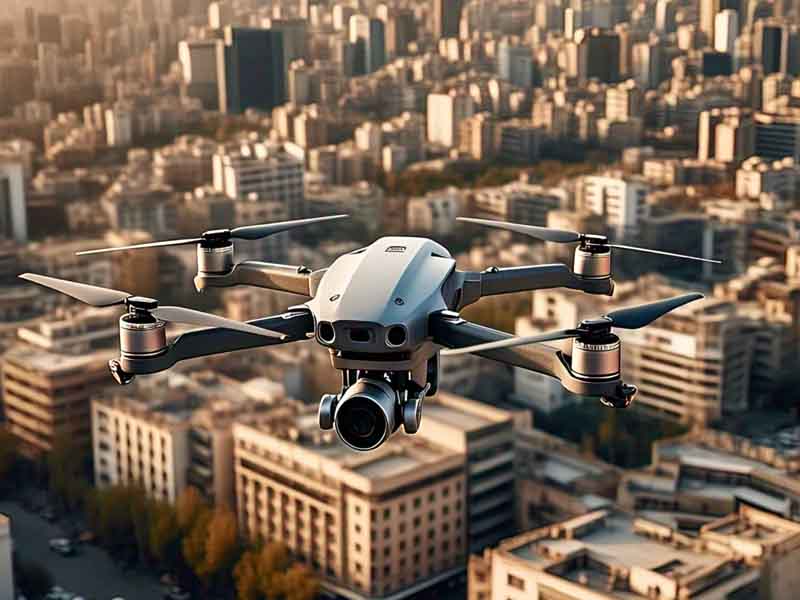
Resilienceapac – Iran Tech is increasingly being deployed to monitor and enforce the country’s strict dress code for women. According to a recent United Nations report, the Iranian government has intensified its use of drones, security cameras, and mobile applications to track and punish women who defy mandatory hijab laws. This move represents a significant escalation in digital surveillance and state-sponsored vigilantism aimed at suppressing dissent.
Authorities in Iran are encouraging citizens to use specialized phone applications to report women who allegedly violate dress codes while using private transportation, including taxis and ambulances. Authorities have upgraded surveillance cameras across major roads and in cities such as Tehran to detect uncovered women, further expanding the state’s reach in enforcing these regulations.
Women who challenge Iran’s hijab laws face severe consequences. The UN report highlights numerous cases where women were arrested, beaten, and even subjected to sexual violence while in custody. Iran Tech surveillance has made it increasingly difficult for women to avoid detection, leading to a rise in state-sanctioned punishments.
“Shakespearean Theater: Chaos Behind the Curtain”
The findings also build on the 2023 report from the Independent International Fact-Finding Mission on Iran, which held the Iranian regime responsible for the physical violence that led to the death of Mahsa Amini in 2022. Witnesses confirmed that morality police brutally beat Amini, a 22-year-old Kurdish woman, despite official claims that she died from sudden heart failure. Her death sparked widespread protests that continue to face heavy government suppression.
Beyond drones and cameras, Iran Tech is now being utilized through mobile applications such as “Nazer.” This app, reportedly developed by Iranian police, allows vetted users to report women who fail to wear the hijab in vehicles. Users can submit the vehicle’s location, date, time, and license plate number, leading to immediate police alerts. The authorities then send text warnings to vehicle owners, and repeat offenses can result in impoundment.
Universities are also deploying Iran Tech surveillance measures. Tehran’s Amirkabir University has installed facial recognition technology at entry points to identify students who violate dress code regulations. The government also plans to implement similar technologies in other public institutions to tighten control over women’s personal freedoms.
The UN’s report, based on interviews with nearly 300 victims and witnesses. Will be presented to the Human Rights Council on March 18. It also exposes additional cases of extrajudicial executions, persecution of dissenters, and systematic intimidation of victims’ families. Despite ongoing global condemnation, Iran continues to expand its technological tools to enforce oppressive policies. Sparking concerns over increasing digital authoritarianism in the region.
“Revolusi Logistik yang Mengubah Industri Pengiriman”
Resilience APAC: Asia-Pacific Hub for Reform - Plant managers are turning to 72 hour industrial preparedness plans to protect workers…
Resilience APAC: Asia-Pacific Hub for Reform - Manufacturers worldwide are adopting circular economy in industry to cut waste, reduce costs,…
Resilience APAC: Asia-Pacific Hub for Reform - Industrial companies now measure how extreme weather, regulation, and shifting markets shape the…
Resilience APAC: Asia-Pacific Hub for Reform - Governments and companies increasingly rely on climate adaptation partnerships APAC to fund resilient…
Resilience APAC: Asia-Pacific Hub for Reform - Rising losses from extreme weather are forcing companies to prioritize climate adaptation for…
Resilience APAC: Asia-Pacific Hub for Reform reports the growing shift toward value-based care industry impact as healthcare systems move from…